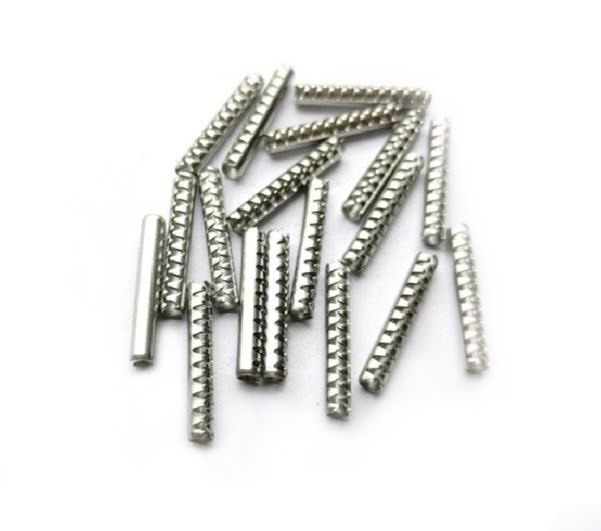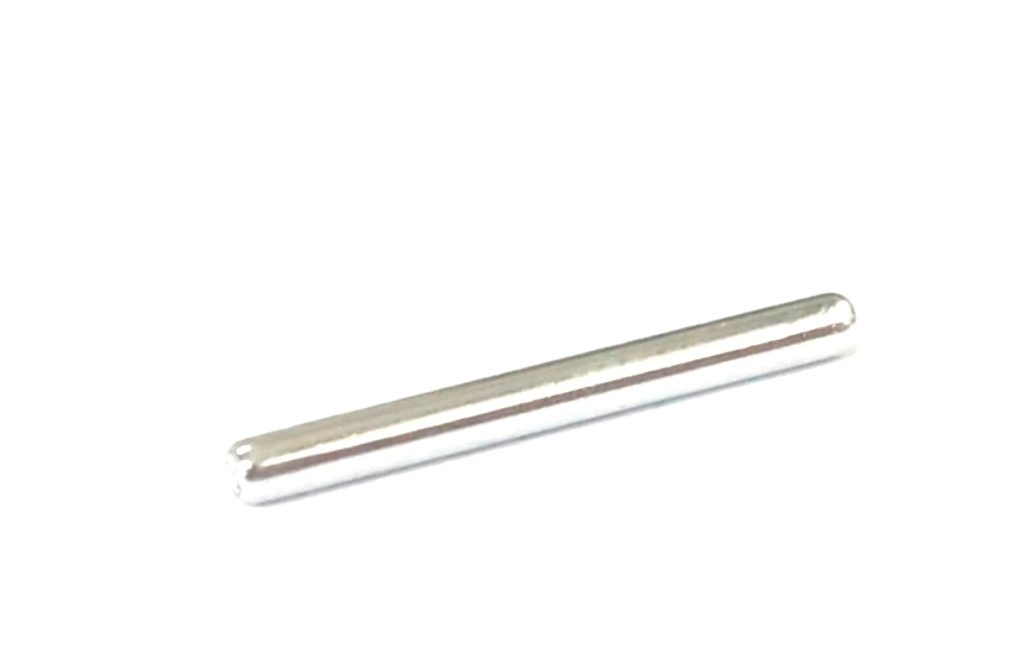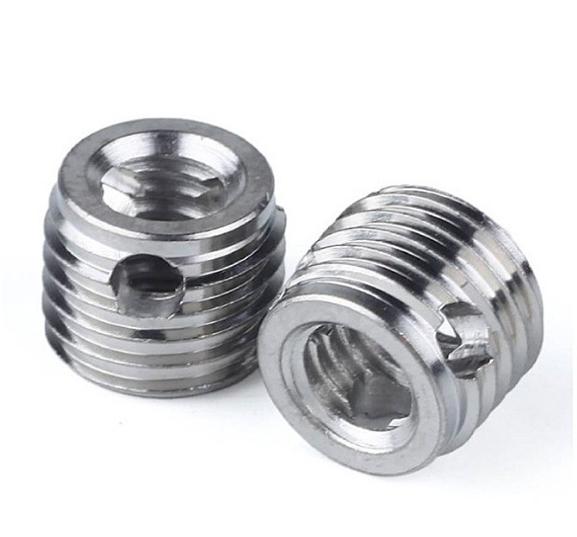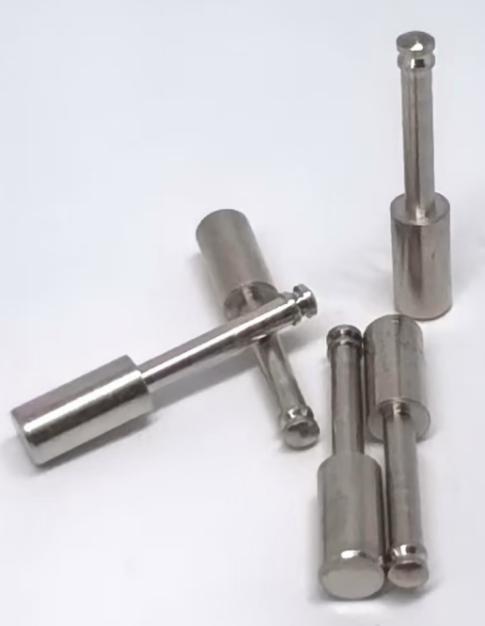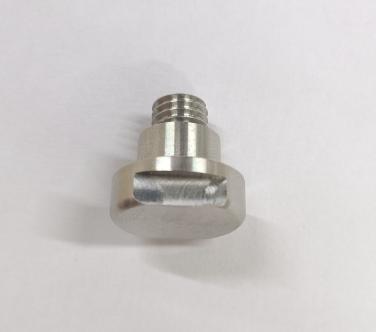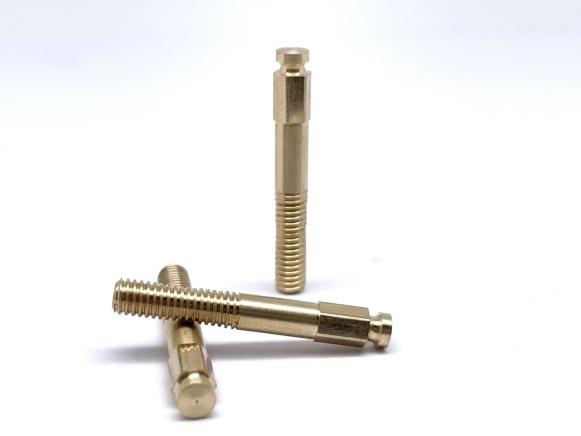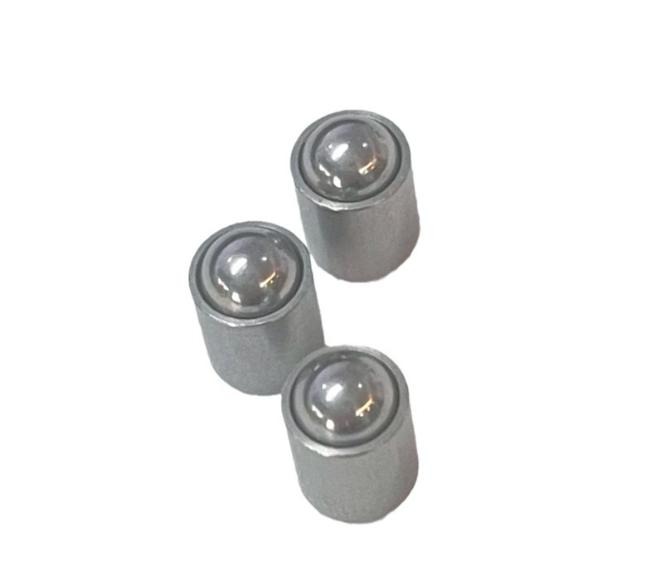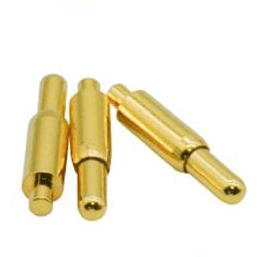Optimization Algorithms for CNC Toolpath Planning
Computer Numerical Control (CNC) machining has become a standard in modern production, enabling the precise and economical creation of complicated parts. One of the most important components of CNC machining is CNC toolpath planning, which involves optimizing the tool’s trajectory to improve manufacturing quality, speed, and cost effectiveness. In recent years, the use of advanced optimization algorithms in CNC toolpath planning has emerged as a game-changing method, pushing the limits of precision and efficiency.
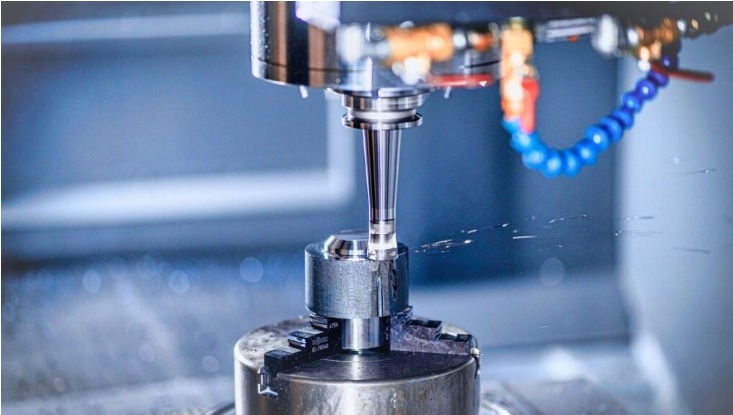
The Significance of CNC Toolpath Planning
CNC machining is the automated control of machining tools and 3D printers by computer systems. Toolpath planning, the process of determining the optimal trajectory for the cutting tool, directly impacts the efficiency and accuracy of the machining process. Efficient toolpath planning not only reduces production time but also minimizes wear and tear on the cutting tools, ultimately improving the overall cost-effectiveness of manufacturing operations.
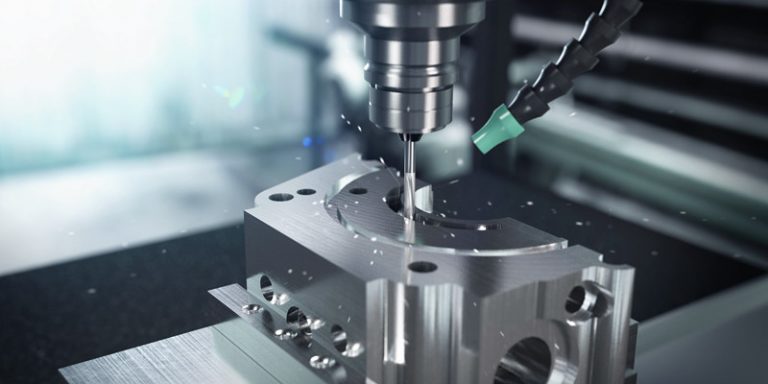
Advancements in Optimization Algorithms for CNC Toolpath Planning
1. Genetic Algorithms (GA)
Natural selection and genetic concepts serve as the foundation for genetic algorithms. In CNC toolpath planning, GAs generate a population of prospective toolpaths, evaluate their performance against stated criteria (e.g., minimizing machining time or tool wear), and then iteratively evolve and recombine the most successful pathways. This evolutionary approach frequently results in efficient toolpaths for complicated geometries, addressing difficulties that would be difficult to tackle using standard methods.
2. Particle Swarm Optimization (PSO)
PSO algorithms, inspired by the collective behavior of swarming in nature, use particles to represent candidate solutions as they travel around the solution space. These particles modify their positions in accordance with both their own and worldwide best-known positions. In CNC toolpath planning, PSO is useful for identifying pathways that optimize numerous objectives at the same time, such as lowering trip distance and avoiding collisions.
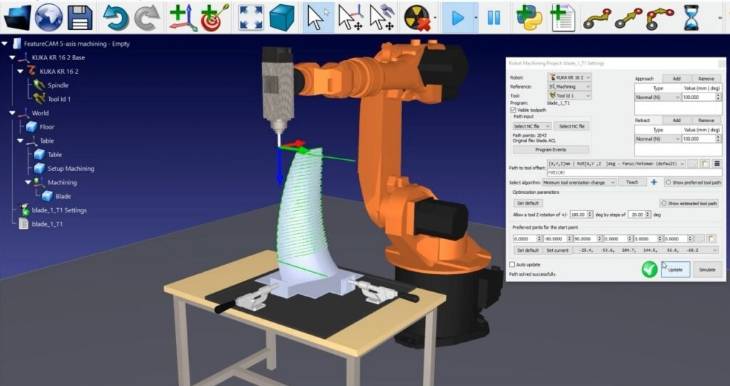
3. Ant Colony Optimization (ACO)
ACO algorithms replicate the foraging activity of ants. Artificial ants move across the geometric features of a part, leaving pheromones that attract additional ants. Over time, the concentration of pheromones determines the development of optimal toolpaths, taking into account aspects such as material removal rate and non-cutting time. ACO is very effective for navigating across uneven forms.
4. Simulated Annealing
Simulated annealing is a probabilistic optimization approach based on the annealing process in metallurgy. In CNC toolpath planning, simulated annealing broadens the solution space by accepting both better and poorer solutions, allowing the algorithm to avoid local optima. This adaptability is valuable in finding global optimization in complex machining scenarios, adjusting the toolpath based on temperature-like parameters.
5. Artificial Neural Networks (ANN)
Machine learning techniques, particularly artificial neural networks, have found applications in CNC toolpath planning. ANNs learn from historical data and can predict optimal toolpaths based on similar patterns. This adaptive nature allows ANNs to adjust toolpaths in real-time, accommodating variations in material properties or machine conditions for improved precision.
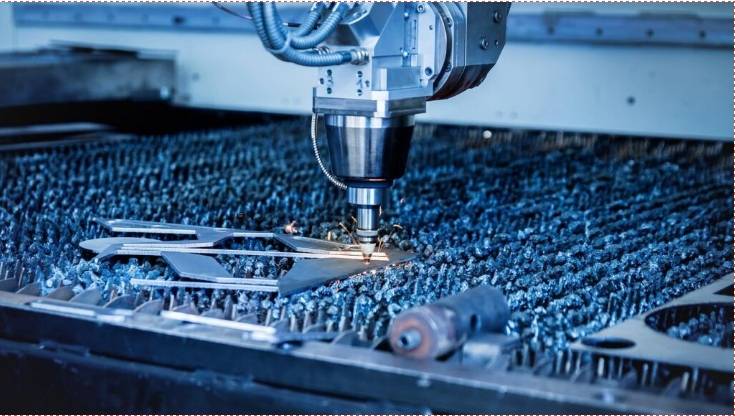
Benefits of Optimized CNC Toolpath Planning
| Aspect | Description |
| Key Benefits | Reduced Machining Time: Minimizes the time required for CNC machining operations. Extended Tool Life: Optimized paths reduce wear and tear on cutting tools, enhancing longevity. Enhanced Surface Finish: Precision toolpath planning contributes to smoother and higher-quality surface finishes. |
| Cost Savings | Lower Energy Consumption: Efficient toolpaths require less energy, contributing to cost savings. Reduced Material Waste: Minimizes material waste through precise and economical cutting paths. |
| Improved Efficiency | Faster Production Cycles: Optimized toolpaths result in quicker production cycles, increasing overall efficiency. Streamlined Operations: Reduces unnecessary tool movements, enhancing overall machining process efficiency. |
| Enhanced Tool Control | Minimized Tool Deflection: Precision planning reduces tool deflection, ensuring accurate machining. Adaptive Machining: Adjusts toolpaths based on real-time feedback, adapting to changing conditions during machining. |
| Quality Improvements | Consistent Part Quality: Precision toolpaths contribute to consistent and reliable part quality. Reduced Errors and Scrap: Minimizes errors, leading to a reduction in scrapped or reworked parts. |
| Adaptability | Complex Geometries: Effectively handles intricate and complex part geometries. Multi-Axis Machining: Optimized toolpaths facilitate seamless execution of multi-axis CNC machining operations. |
| Software Integration | CAM Software Integration: Utilizes advanced Computer-Aided Manufacturing (CAM) software for accurate toolpath planning. Simulation Capabilities: Allows virtual testing and optimization before actual machining. |
| Industry Impact | Aerospace and Automotive: Critical for precision components in aerospace and automotive manufacturing. Medical Devices: CNC machining is essential for intricate parts in the production of medical devices. |
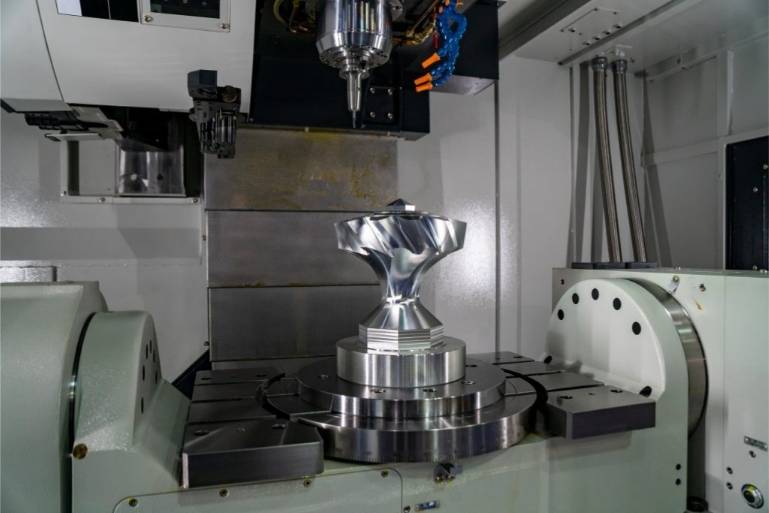
Conclusion
The integration of optimization algorithms into CNC toolpath planning marks a significant leap in precision production. Whether using genetic algorithms, particle swarm optimization, ant colony optimization, simulated annealing, or artificial neural networks, manufacturers can attain unparalleled levels of efficiency and precision. As technology advances, the synergy between optimization algorithms and CNC toolpath planning has the potential to redefine manufacturing excellence, opening up new avenues for innovation and cost-effective production.

